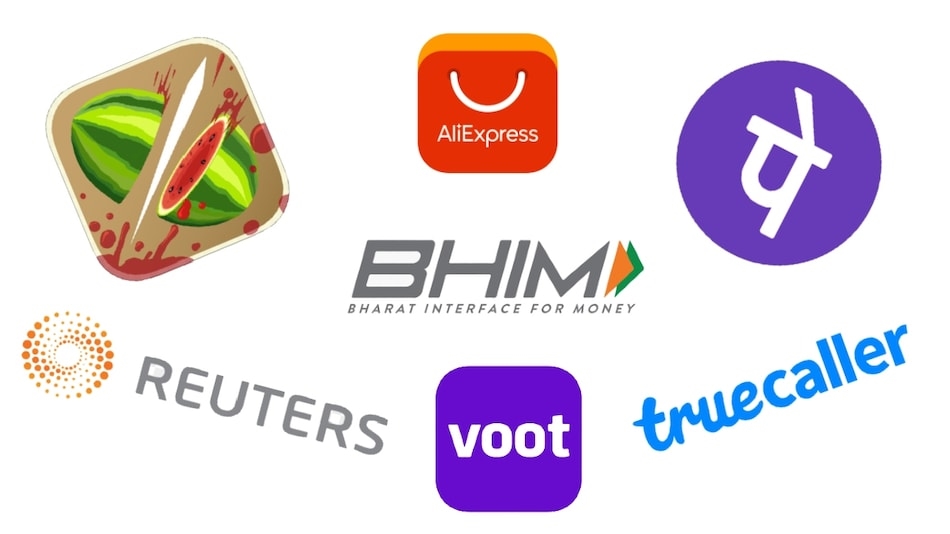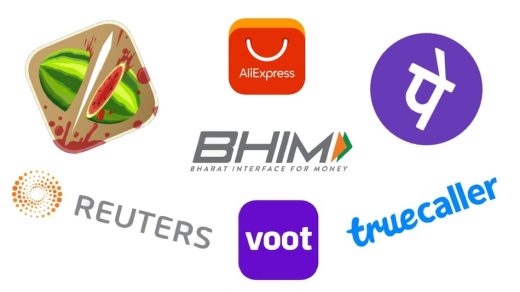Beyond TikTok: A Primer On Competitive Apps
Beyond TikTok: A Primer On Competitive Apps

2020 was a monumental year for TikTok. A year-end report from Apptopia saw the app downloaded over 89 million times in the U.S. alone. The platform’s popularity has given rise to a healthy set of competitors. Apps like Triller, Byte, and Instagram Reels are looking to topple the short-form video giant in 2021, and are gaining more attention. As these competitors continue to grow, the question for marketers is: Should you care?
Here’s an overview of what TikTok’s competition has to offer:
Triller
Cardi B, Snoop Dogg, Lil Wayne, and The Weeknd are among the superstar investors behind Triller, a music-first platform that uses AI technology to help users edit their own “music videos.” Triller lets users stream songs in their entirety as opposed to the 15- to 60-second snippets on TikTok.
Until recently, Triller didn’t offer any advertising or marketing opportunities. But at the end of last year, it launched Crosshype, which allows brands and marketers to purchase influencer marketing with guaranteed views. This is notable because it provides assurance on ROI for influencer marketing spend.
As of now, Triller remains pretty bleeding-edge for marketers. While there are opportunities to build custom campaigns, advertising options are limited and the process is very manual. But we can expect some advancements in Triller’s offerings in the near future. The platform has announced a brand lab to complement Crosshype, as well as partnerships and expansions into industries like sports, fashion and B2B marketing.
Byte
Byte is Vine creator Dom Hoffman’s revenge. Vine went bust due to its lack of monetization, but with Byte, Hoffman appears to have learned his lesson.
Byte offers simplicity in comparison to TikTok. With no fancy edits and a six-second limit, Byte offers a way for brands to cut to the chase.
Currently, Byte is very user-focused. While brands can apply to be a part its partner program (100% of revenue from brands goes to the creators), few make the cut. It doesn’t allow ads in front of videos (like pre-roll ads on YouTube) or in the following feed (like on Instagram), and brands can’t retarget.
Ads live in a separate space, but that doesn’t mean marketing isn’t possible on Byte; ask Nike, which was the company for Bye’s first ad campaign. “It’s easy to avoid watching the videos if you don’t particularly care for them, but there’ll be no doubt that Nike paid for obvious placement,” Endgadget reports.
Hoffman has the experience to make Byte the next big thing, as well as the fan base to match. In its first week, the app was downloaded one million times. Because Byte is committed to doing things differently, it’s still in testing, and growth mode and options for brands are very limited.
Instagram Reels
Instagram Reels, arguably TikTok’s most direct competitor, launched in the U.S. in August 2020, when talks of banning TikTok were at an all-time high.
The biggest benefit to Reels is its connection with Instagram. It sits alongside functions brands are already familiar with: Stories, IGTV, and Instagram Shop. And brands are able to connect with the following they’ve already built on Instagram.
Instagram and TikTok have different audiences and different aesthetics, so while seemingly similar, what they offer brands (and users) is quite different. Instagram is known for its picture-perfect aspirational content, while TikTok’s content is raw, authentic and post-as-you-are.
For some, it may feel easier to switch over and use Reels for its video content rather than tackle a whole new platform. But keep in mind, TikTok rose to fame because it offered consumers something different. The reach and engagement possible on TikTok is far beyond anything we’ve seen on Reels.
(21)


